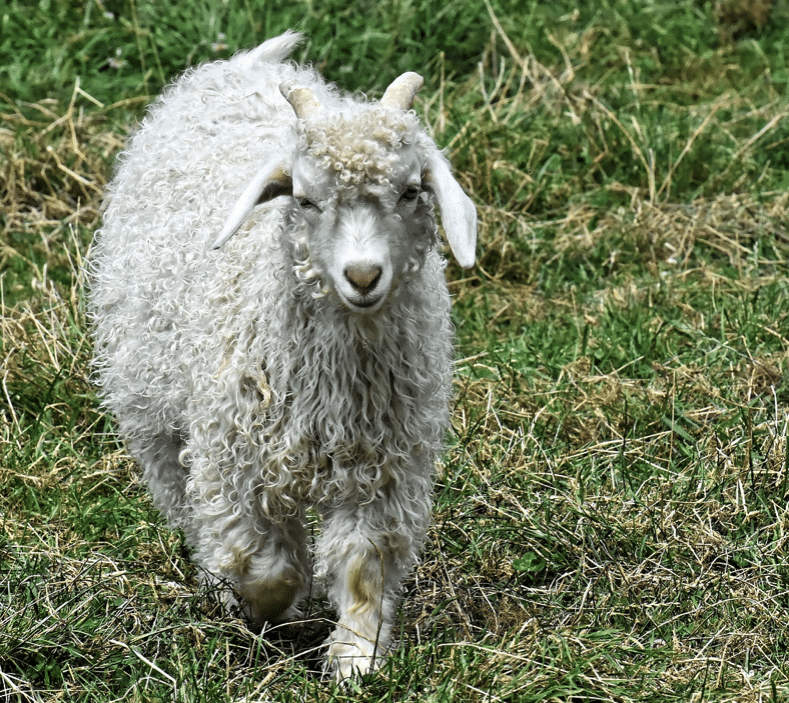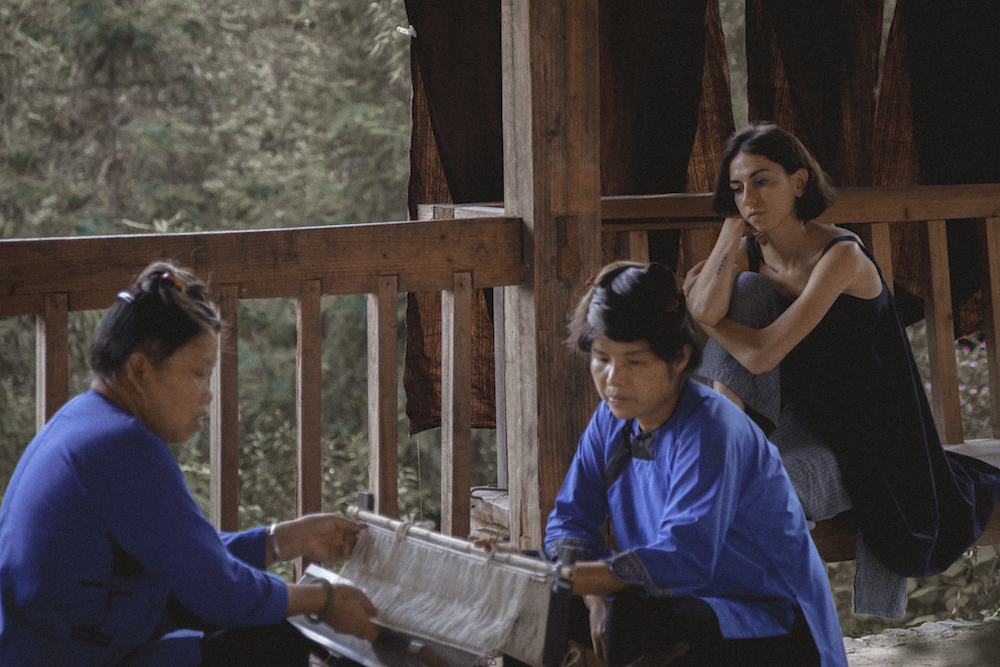Model Gigi Hadid has just launched her own cashmere brand, Guest in Residence at Paris Fashion Week. Creating a brand is all very well, but to do it properly, you have to make sure it’s ethical and sustainable… The everyday use of clothes makes us forget that many textile fibers, such as cotton, linen, wool and cashmere, come from nature and depend on plants and animals that need land and water. It is essential to guarantee a sustainable supply of these raw materials to avoid overloading the environment and overusing water, particularly in the context of climate change.
In the case of cashmere, to understand its sustainability, we need to look at the production process. Cashmere goats thrive mainly in the harsh climates of Mongolia, China and other parts of Central Asia. They develop a dense, warm undercoat to survive extreme temperatures. The annual cashmere harvest involves combing or shearing the goats to collect the soft fibers.
What are the challenges for sustainable development?
Cashmere’s appeal lies not only in its exquisite texture, but also in its thermoregulatory and anti-odour properties, but its production poses a number of sustainability problems. Firstly, overgrazing and soil degradation. Cashmere’s goats are notorious for overgrazing, which leads to soil degradation and desertification, particularly in the Gobi Desert between Mongolia and China. Increased demand for cashmere has also put pressure on the fragile ecosystems where these goats graze.
What’s more, large quantities of water are used in cashmere production, both for the goats and for fiber processing. And in regions where water is scarce, this can contribute to environmental stress.
It goes without saying that the processing of cashmere fibers often involves the use of chemicals for cleaning and dyeing, contributing to water, soil and air pollution.
As for animal welfare, unethical practices in cashmere breeding, such as aggressive shearing, can raise concerns about the well-being of the goats.
What sustainable cashmere production practices?
Efforts are being made to address these challenges and make cashmere production more sustainable, such as environmentally friendly farming practices where some producers are adopting sustainable farming practices, such as rotational grazing, to limit overgrazing and soil degradation.
Responsible water management is also at the heart of sustainable practices, with initiatives aimed at reducing the environmental impact of cashmere production.
In terms of animal welfare standards, certifications such as The Good Cashmere Standard are emerging to guarantee the ethical treatment of goats and compliance with animal welfare standards.
Finally, supporting local communities and guaranteeing fair wages for breeders can contribute to a more sustainable and socially responsible cashmere industry.
Consumers: which way to go?
Choosing high-quality, sustainable cashmere products and supporting brands committed to ethical and environmentally-friendly practices can contribute to positive change.
The sustainability of cashmere is a complex issue involving environmental, social and ethical considerations. As consumers, make informed choices and support committed brands such as Hircus, Eric Bompard, Kujten, So Good To Wear or recycled cashmere from The Reformation in responsible production can play a crucial role in building a more sustainable future for cashmere and the fashion industry as a whole.
Photo (cover) : Pixabay




